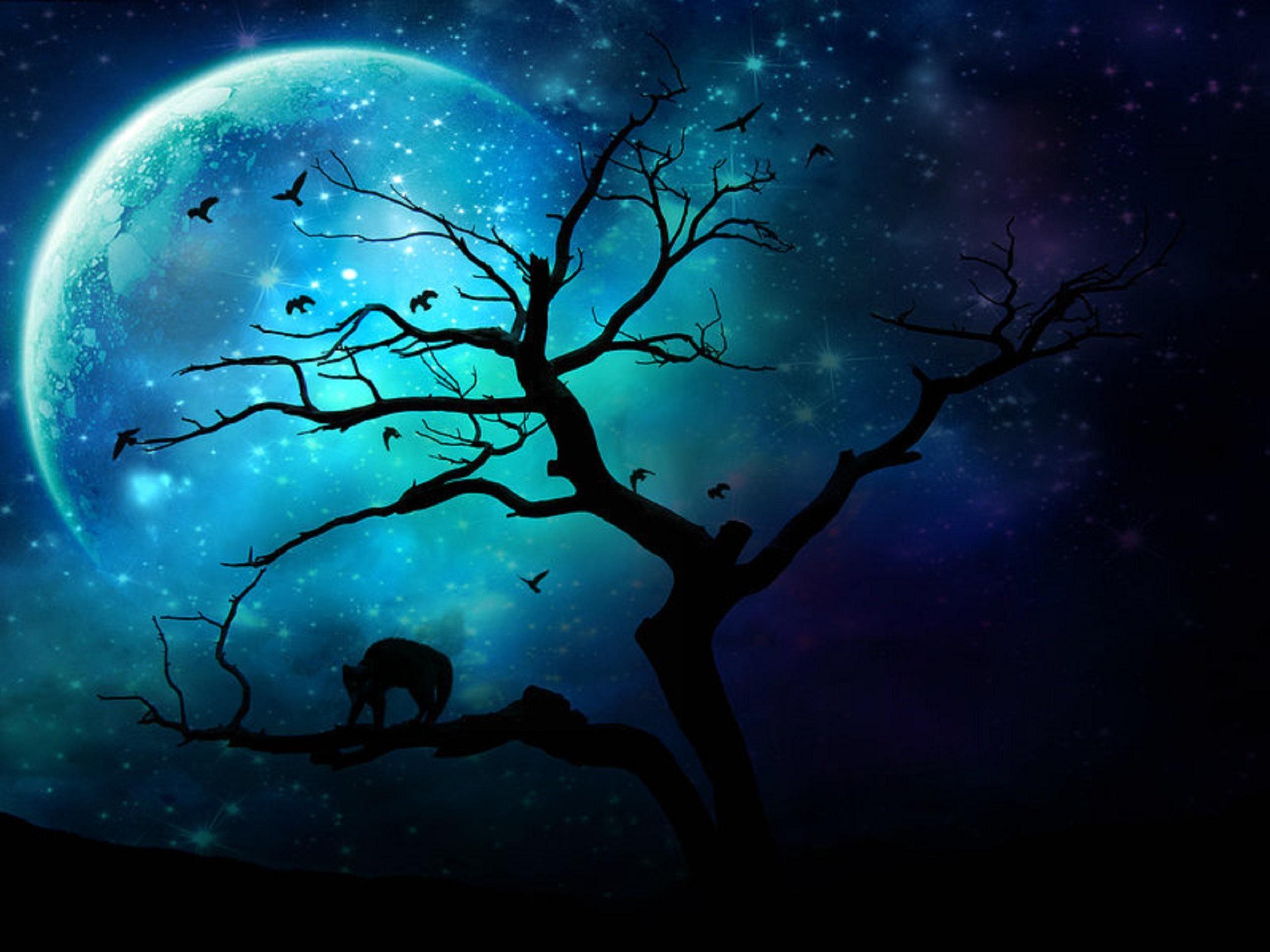The sky (also sometimes called celestial dome) is everything that lies above the surface of the Earth, including the full atmosphere and outer space.
In the field of astronomy, the sky is also called the celestial sphere. This is an abstract sphere, concentric to the Earth, on which the Sun, Moon, planets, and stars appear to be drifting. The celestial sphere is conventionally divided into designated areas called constellations.
Usually, the term sky informally refers to a perspective from the Earth’s surface; however, the meaning and full usage can vary. An observer on the surface of the Earth can see a small part of the sky, which resembles a dome full (sometimes called the sky bowl) appearing flattered during the day than at night. In some cases, such as in discussing the weather, the sky refers to only the lower, denser layers of the atmosphere.
The daytime sky appears blue because air molecules scatter shorter wavelengths of sun light more than longer ones (redder light). The night sky appears to be a mostly dark surface or region spangled with stars. The Sun and sometimes the Moon are visible in the daytime sky unless obscured by clouds. At night, the Moon, planets, and stars are similarly visible in the sky.
light more than longer ones (redder light). The night sky appears to be a mostly dark surface or region spangled with stars. The Sun and sometimes the Moon are visible in the daytime sky unless obscured by clouds. At night, the Moon, planets, and stars are similarly visible in the sky.
Some of the natural phenomena seen in the sky are clouds, rainbows, and aurorae. Lightning and precipitation are also visible in the sky. Certain birds and insects, as well as human inventions like aircraft and kites, can fly in the sky. Due to human activities, smog during the day and light pollution during the night are often seen above large cities.











